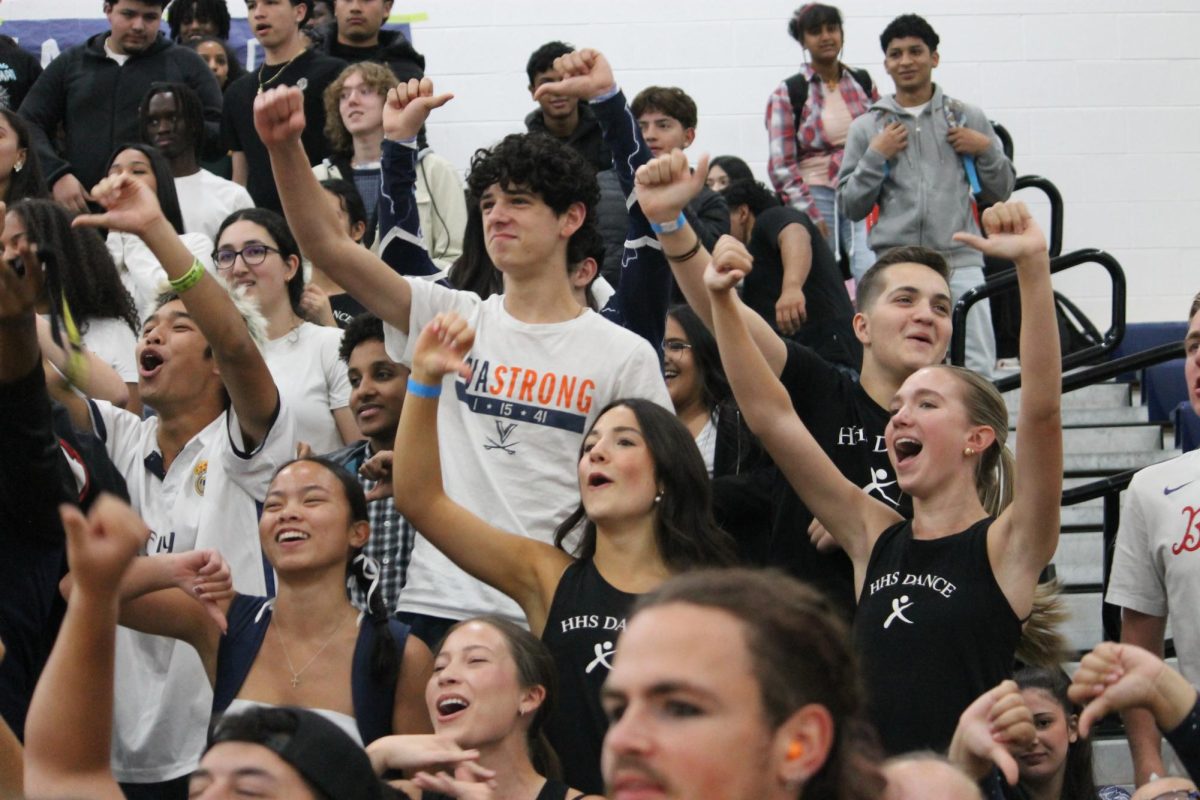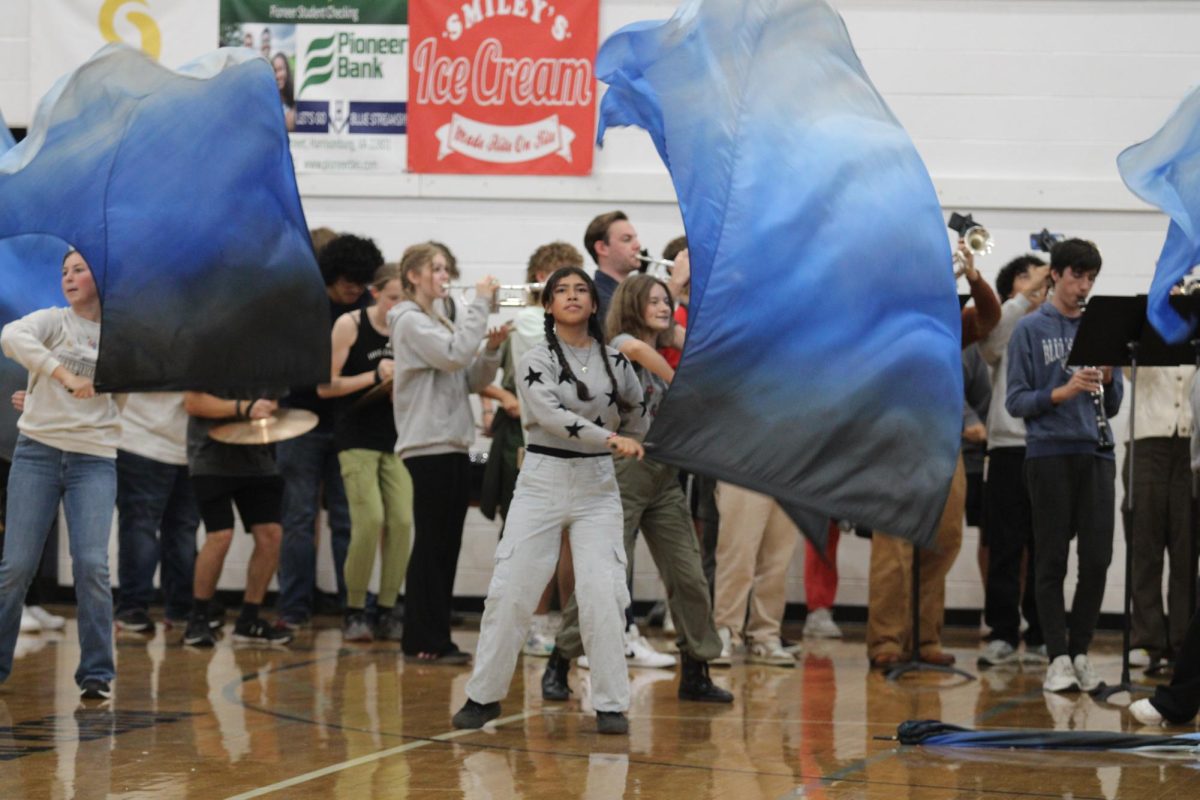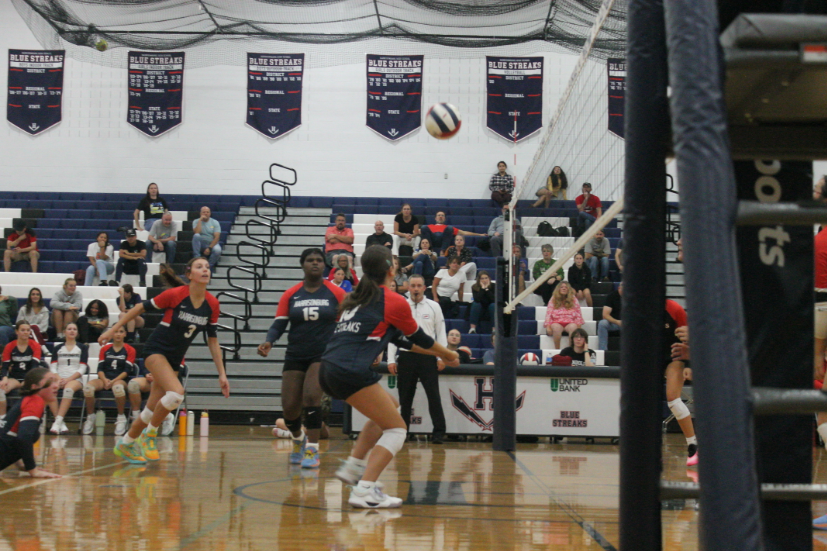American soccer is catching up
December 2, 2014
America has finally started to catch up to the rest of the world in terms of interest in soccer, and it only took 100 years. And that was just to come to the realization of what we were missing. This spike in popularity could be credited to both to the actual US soccer programs and the other failing major sports leagues. No matter who is deserving of the credit -or blame- there is no doubt there’s an increasing focus on both the national team and domestic league quality.
One of the most important areas of improvement has been the worldwide view of US soccer. This past summer the 2014 World Cup took place in Brazil and of the 8 groups the teams were placed in, the USA team managed to land in the hardest, or “group of death.” With the three other teams thought to be superior and USA almost entirely counted out before the tournament even started, the 2-1 victory over Ghana cause a stir. Then the team put in what was considered to be a strong performance against the top ranked team in the world and eventual champions, Germany. Three games in, USA found themselves unlucky not to beat Portugal, settling for a draw. And then, after further cause for surprise upon advancement out of the group stage, the team took Belgium to 120 minutes of play, eventually coming out losers. The US Men’s National Team (USMNT) performance in Brazil came as a surprise to soccer fans around the world and also to many in America. To shift focus from the team and put it into a different perspective, Germany, who only defeated USA 1-0 to in the group stage, beat the hosts and tournament favorites, Brazil, 7-1 in the semifinals. Now does that mean the USMNT could beat Brazil in the same situation? No, but it did confirm that the team was unadvisedly overlooked in the months leading up to the tournament. Outside of the world cup, the Mexican national team (with history in their favor) is arguably the more respected side than Americas. In recent years, the USMNT has been a dominant force in the continental tournaments, repeatedly finding themselves victorious over Mexico. Also, the US Women’s National Team has been ranked among the top women’s national teams in the world for the past twenty years. In the summer of 2015, Canada will host the Women’s World Cup, which is seen as another opportunity to highlight the country’s quality.
At a smaller level, Major League Soccer is also on the rise. As of the 2014 season, they have a total of 19 teams and, within the next five years, will expand to 25, making it the largest of all major soccer leagues in the world. In the early years of the league the neighboring Liga MX (Mexico) was consistently dominant, but since then the American teams have repeatedly made runs deep into the quarter and semifinals of the continental tournament for North American club teams, proving it is a league on the rise. The growth of MLS could even be contributed as far down as certain players. Popular foreign players such as David Beckham, Kaka, Thierry Henry, Robbie Keane, Jermain Defoe, Tim Cahill and more made the switch to American soccer and brought with them the eyes of Europeans, who were used to the top quality play found on their continent. Although these players moved to MLS late in their careers, they were still had talent, which contributed to the rising level of competition, while also attracting a larger audience both nationally and internationally. Recently there has been a spike in national team players leaving their Mexican or European clubs to play in America, and this is particularly significant because the huge support the USMNT received at the 2014 World Cup can now continue at a domestic level. If those players were to remain in other leagues, it’s likely many of those new followers may have lost interest. However, with all of the players American fans grew fond of in Brazil now playing at home, it is far easier to stay connected with them. This establishes a long term fanbase for MLS as a league, not just individual teams, which is a milestone whose importance cannot be overstated.
Possibly a secondary cause for the newfound popularity of soccer in America is not directly related to any actual soccer organization, but other major American sports. Soccer is unrivaled in local recreation leagues, while peewee football has experienced a decline due to health concerns for the players. It is understandable how peewee football has met its downfall, as it is a contact sport centered around violence and has it’s players suited up in pads and helmets, taking away from the interactions with peers. Lebron James, a widely known basketball player, recently announced that his children could play any sport but football. He went on to list basketball, baseball and soccer as alternatives for them. At a professional level, football, basketball and baseball have been plagued by off-field scandals, particularly football. In 2014 alone there have been multiple reports of domestic assault by National Football League players, and this certainly doesn’t help peewee football’s case, as those players act as role models for so many young footballers. Baseball is hit with a different kind of disease: performance enhancing drugs. This communicates to little leaguers that it is OK to look for an alternative source of skill and strength as opposed to hard work. It has become known that these sports’ viewership is declining as well. Football tends to be repetitive; hitting, a dropped catch, a run of a few yards, repeat. Baseball is a game of waiting; the average time between pitches in Major League Baseball is 23 seconds, and only a few of those result in action.These flaws do not bode well with the attention spans of young people, which is the demographic sports need to be appealing to. MLS and the National Basketball Association have evidence backing them against this, however, as both leagues have relatively young fan bases.
In terms of game attendance and television viewership, MLS has surpassed the National Hockey League, and are close behind MLB. 110,000 people attended a soccer game on August 2 between Manchester United and Real Madrid, which set the record for most attendance of a soccer game on American soil. Although this was a game between two European giants, it showed American soccer fans do seriously care about the sport and, with time, could fill stadiums for MLS games as well. At this point, the main things American soccer could still benefit from is, at the domestic level, more soccer-specific stadiums (many MLS matches are held in football stadiums) and the attraction of experienced and well known coaches. These hopes could be fulfilled with the expansion teams planning on building soccer-specific stadiums, and the inevitable attraction of at least a few well known coaches with the continued rise of well known players transferring to MLS. With these new achievements, in addition to the improvements already evident in the sport, American soccer is likely to continue rising in popularity.


















